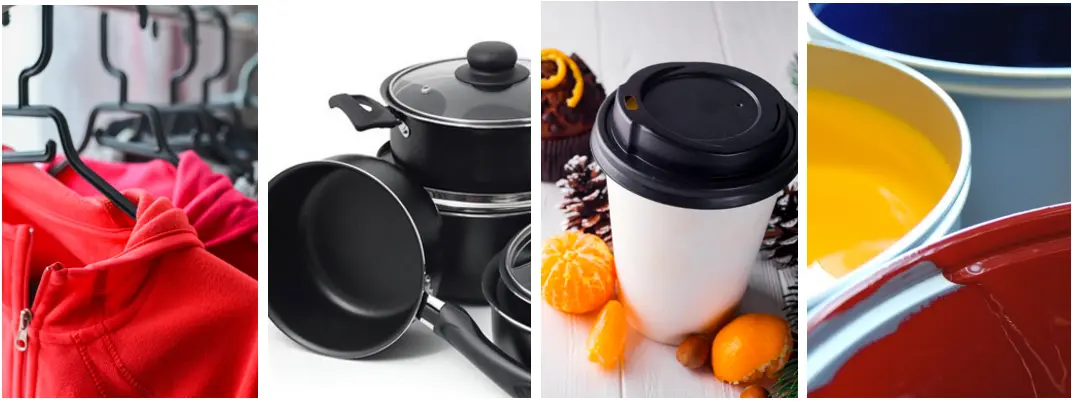
What is POPs Testing?
What are POPs?
POPs (Persistent Organic Pollutants) are a group of organic pollutants, either naturally occurring or synthetically produced, that are characterized by long-term persistence, bioaccumulation, semi-volatility, and high toxicity. These substances can travel long distances through environmental media such as air, water, and living organisms, posing serious risks to human health and the environment.

UK's Publication of the Persistent Organic Pollutants (Amendment) Regulations 2023
Recently, the United Kingdom introduced two amendments:
1. The Persistent Organic Pollutants (Amendment) Regulations 2023 (UK SI 2023/729)
- Effective date: July 4, 2023
- Amendment: The deadline for the use of oil- and water-repellent textiles designed to protect workers from hazardous liquids was extended from July 4, 2023, to December 3, 2025.
2. The Persistent Organic Pollutants (Amendment) (No. 2) Regulations 2023 (UK SI 2023/1217)
- Effective date: November 16, 2023
- Amendment: Introduced new restrictions on Perfluorohexane sulfonic acid (PFHxS), its salts, and related substances, aligning with EU legislation.
On April 14, 2025, the European Commission adopted a draft amendment to Regulation (EU) 2019/1021 concerning restrictions on Perfluorooctane Sulfonic Acid (PFOS). The official effective date will be announced upon its publication in the EU Official Journal.
Restrictions on PFOS
- Chemical identification: PFOS and its salts, derivatives (C8F17SO2X, where X = −OH, metal salt (O−M+), halide, amide, or other related compounds including polymers).
- Revised restriction conditions:
1. The concentration of PFOS or any of its salts in a substance, mixture, or article must not exceed 0.025 mg/kg (0.0000025% by weight).
2. The total concentration of all PFOS-related compounds in substances, mixtures, or articles must not exceed 1 mg/kg (0.0001% by weight).
3. Articles containing PFOS that were already in use before August 25, 2010, may continue to be used. This provision remains unchanged.
4. Former conditions (4) and (5) have been removed from the regulation.
5. The scope now explicitly includes PFOS, its salts, and all related compounds with the general formula C8F17SO2X.
About PFOS
PFOS is known for its oil-repellent, water-repellent, and anti-stain properties. It has been widely used in the surface treatment of textiles, leather, furniture, and carpets to provide waterproof, oil-resistant, and stain-resistant characteristics. Due to its chemical stability, PFOS has also been used as an intermediate in the manufacture of coatings, firefighting foams, floor treatments, food contact materials, and especially non-stick cookware coatings.
JJR Laboratory in China offers related POPs testing and compliance services.
Email:hello@jjrlab.com
Write your message here and send it to us
 Toothbrush FDA Certification Testing
Toothbrush FDA Certification Testing
 Snoring Device FDA 510k Standard Testing
Snoring Device FDA 510k Standard Testing
 Single Use Intravenous Catheter Certification Test
Single Use Intravenous Catheter Certification Test
 Silicone Material Product Compliance Certification
Silicone Material Product Compliance Certification
 What to Do If Cytotoxicity Test Results Are Positi
What to Do If Cytotoxicity Test Results Are Positi
 ISO 10993:5 Cytotoxicity Testing Methods
ISO 10993:5 Cytotoxicity Testing Methods
 FDA ISO 10993-1 Biocompatibility Evaluation Guidel
FDA ISO 10993-1 Biocompatibility Evaluation Guidel
 In Vitro Cytotoxicity Testing for Medical Devices
In Vitro Cytotoxicity Testing for Medical Devices
Leave us a message
24-hour online customer service at any time to respond, so that you worry!




